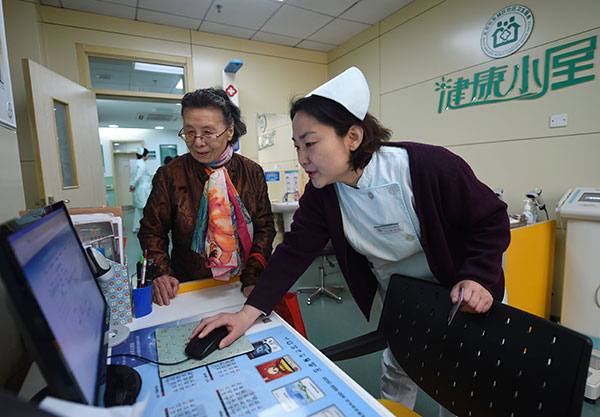Operation to separate 3-month twins
|
|
|
Surgeons operate on the conjoined twin girls yesterday at the Children’s Hospital of Fudan University. The 3-month old twins were connected by liver and stomach at birth. [Photo/Shanghai Daily] |
Conjoined twin girls were successfully separated after an hour-long surgery at Children’s Hospital of Fudan University yesterday.
The twins were delivered by cesarean section in Shanghai on February 9 when their 26-year-old mother, from neighboring Jiangsu Province, was at 34 weeks of pregnancy.
They were then sent to the hospital’s Neonatal Intensive Care Unit for treatment.
CT scans showed that they were connected by the liver and stomach.
Doctors said the best time for surgery would be when the twins were 3 months old and had a combined weight of 10 kilograms.
By early May, the twins weighed a combined 11kg and were reported to have had a normal growth index.
With the help of three-dimensional imaging technology, the baby girls were separated at 11:16a.m. yesterday. Doctors took another hour to close the skin incision and umbilicus.
Conjoined twins are rare — with a global incidence of 1 in 200,000. Most of them are connected by the chest and belly.
Doctors said about half of conjoined babies die before birth. Some could not live for more than a day after birth, and only about 30 percent of conjoined infants had the chance to survive.
In this case, the deformity was detected in a Jiangsu hospital when the mother was 22 weeks of pregnancy.
Local doctors suggested an abortion, but the mother insisted on visiting a hospital in Shanghai.
After tests, doctors at the Children’s Hospital believed the twins would have a good chance of survival after liver separation surgery.
read more



